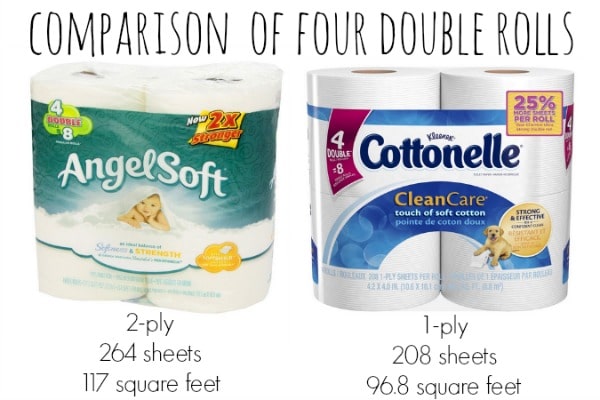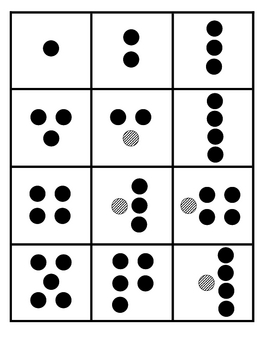
One goal of Ontario's Full-Day Early Learning Kindergarten Program is to provide a play-based learning environment for children and rather than pushing for earlier readers, research has proven that self-regulation is the key to future success. As suggested in this article of the Globe and Mail :
EQ over IQ: How play-based learning can lead to more successful kids., bringing play into Kindergarten helps children develop emotional intelligence which, in the long run, leads to more happy, healthy adults.
Firstly, I wondered what exactly self-regulation means. Dr. Charles E. Pascal explains it as "[t]he abilities of children to regulate their own emotions, behaviours, and attention" (Early Learning for Every Child Today, p. 8). I also came across an article by Deborah J. Stewart who states "self-control isn’t about making kids behave, it is about giving children the tools they need to guide their own behavior and as they accomplish this goal, they will be building the tools they need to be positive participants in the classroom experience" (Teach Preschool :
Helping young children develop self-control).
As I venture into planning for this play-based environment, I am in search of activities that will promote self-regulation and autonomy while also considering strategies for teaching boys, English-language learners, and students with special needs. Below are three types of activities that should do just that!
Active Games with Rules

-
-
-
-
Music and Movement Activities for the SmartBoard: Go-Noodle
-
These games involve a set of rules and once children learn the rules, the educator may choose a student take the leadership role in calling out a command to other children. This not only promotes autonomy but it also is also gives them a chance to decide right from wrong and take ownership over their behaviour. These play-based activities are engaging and fun and at the same time students are required to practice focusing their attention on instructions and controlling their behaviour. If you aren't familiar with these games, simply click on the title for a link to the instructions with variations and great alternatives to getting "out".
Strategies / Accomodations
- Using visuals ie. traffic light, flash cards with actions
- Modeling short commands for "Simon Says"
- Using gestures for actions and numbers
- Incorporating music and movement and technology
These are excellent strategies to engage and assist English-language learners in understanding and developing vocabulary in a fun, engaging atmosphere. While these students may not be ready to take a leadership role, they may still participate and feel a part of the group. By providing visuals, assistance in describing actions, or giving choices of simple commands or numbers, this activity may be differentiated for various learners from ESL students, to those with a variety of special needs.
Complex Dramatic Play

Role-playing activities
- Dramatization of stories
- Re-enactments of real-life problems with new solutions
- Create short cartoon clips and record their voices with iPad Apps
Students are guided by teachers in their dramatic play in order to develop their abilities to take on different roles and regulate their behaviours based on their chosen characters. These activities appeal to all different learners as each chooses a role of their own interest and ability. Students are encouraged to express their emotions, solve problems, and plan their play.
Strategies / Accomodations
- Provide a variety of dramatic play materials that reflect students' backgrounds
- i.e. inviting parents to donate materials from home
- Student-centered - have students lead planning of dramatic play area
- i.e. theme, materials lists
- Encourage inclusivity: all students regardless of ability may take a role of their choice
- Avoid gender biases of roles
- Record students' plays/reenactments to play back and reflect or share with whole class
By encouraging parents to send in materials from home, student diversity is valued. Stories and music related to students' backgrounds and in a variety of languages would also allow for English-language learners to celebrate their cultures and provide a rich experience for the whole class. Pretend-play provides a safe atmosphere for English-language learners to practice using language and develop their comprehension skills.
Sensory, Slow Movement, & Mindfulness Activities

- Sensory Activities
- Sensory Bins
- Listening Center
- Music Instruments
- Painting - using various tools, visuals and music for inspiration
- Songs, Poems, and Finger Plays
- Slow Movement Activities:
- Breathing Activities:
- Mindfulness
- Meditation Activities
- Self
Calming Videos:
Incorporating a balance of slow movement and mindfulness activities is an integral part of promoting self-regulation as we all need to take time to relax. Teachers also need to provide various sensory activities and independant play-based materials so students may explore and discover their personal preferences.
Strategies / Accomodations
- Provide a safe-place accessible to any child in need of calming down
- Guide students to participate in sensory activities a their own pace
- Help students choose an activity prior to play time so they have a focus
- Encourage children to talk about their feelings after trying a new activity
- Take pictures of students expressing different emotions and using calming techniques and place in a book in the safe place
Taking time to be quiet and calm is important for all students and each
individual may find different activities calming and soothing. By providing a
variety of strategies and materials, educators may encourage all students to
become aware of their preferences. Some students with special needs may need
more stimulation than others and enjoy sensory bin activities as a way of
calming down. Other students may find they prefer listening to calming music. English-language
learners have the freedom to explore and play with these materials with no
pressure of using language. Teachers should discuss with students what our body
looks and feel like when we various emotions. Acting out these emotions helps
children recognize them and these play-based activities provide strategies for
calming down when necessary.
Planning time to guide students in theses three play-based types of activities will be a key component to encourage development of their self-regulation and the secret to their future success!
In my research, I came across some excellent articles, websites, and blogs on self-regulation activities. Be sure to check out the resources below.
Resources:
Move With Me Blog
The Ontario Full-Day Early Learning Kindergarten Program
Self-Regulation Games and Exercises
Self-Regulation Skills for Preschoolers
A Sensory Life
Supporting English Language Learners in Kindergarten
Teaching Kids Self-Regulation Through the Practice of Meditation
Tools of the Mind: Self-Regulation
What is the Point of Sensory Bin?
 In my own words, proportional reasoning is a way of
thinking about problems and comparing amounts and their relationships in
relative versus absolute terms. It involves solving real-life problems and the
capacity to subitize is a precursor to looking at those real-life problems
using proportional reasoning. Therefore, developing students' ability to
subitize actually is a way of proportional reasoning in and of itself. And the
task we chose - representing the number 10 in various ways - also can involve subitizing, thus the connection with proportional reasoning.
In my own words, proportional reasoning is a way of
thinking about problems and comparing amounts and their relationships in
relative versus absolute terms. It involves solving real-life problems and the
capacity to subitize is a precursor to looking at those real-life problems
using proportional reasoning. Therefore, developing students' ability to
subitize actually is a way of proportional reasoning in and of itself. And the
task we chose - representing the number 10 in various ways - also can involve subitizing, thus the connection with proportional reasoning. 

















